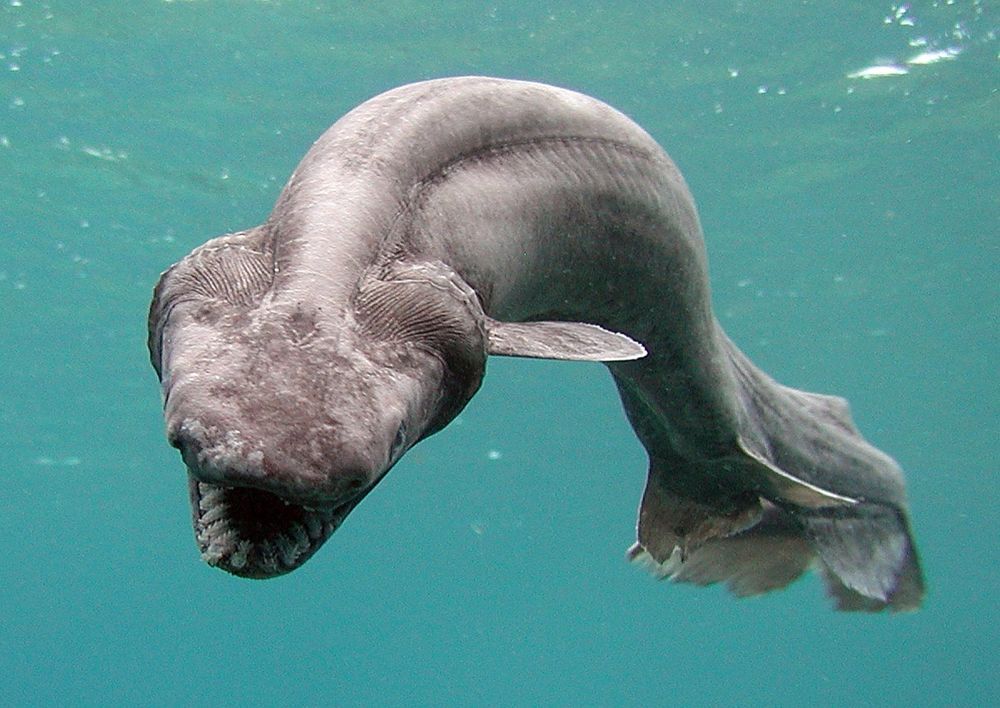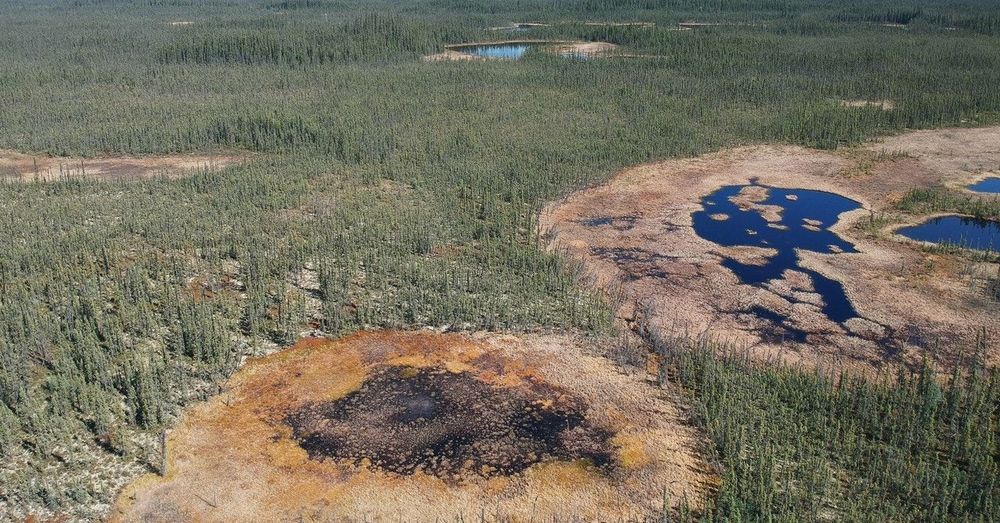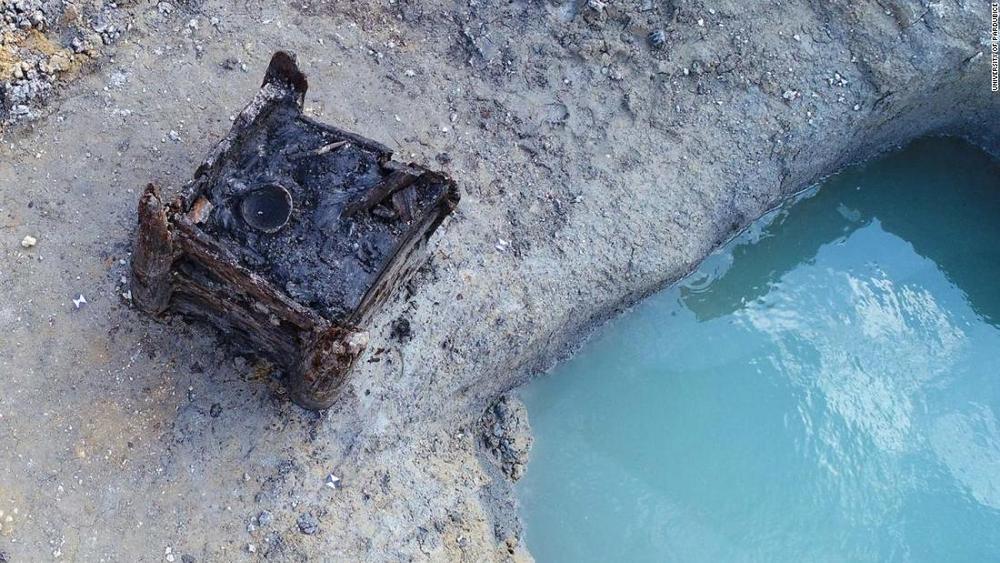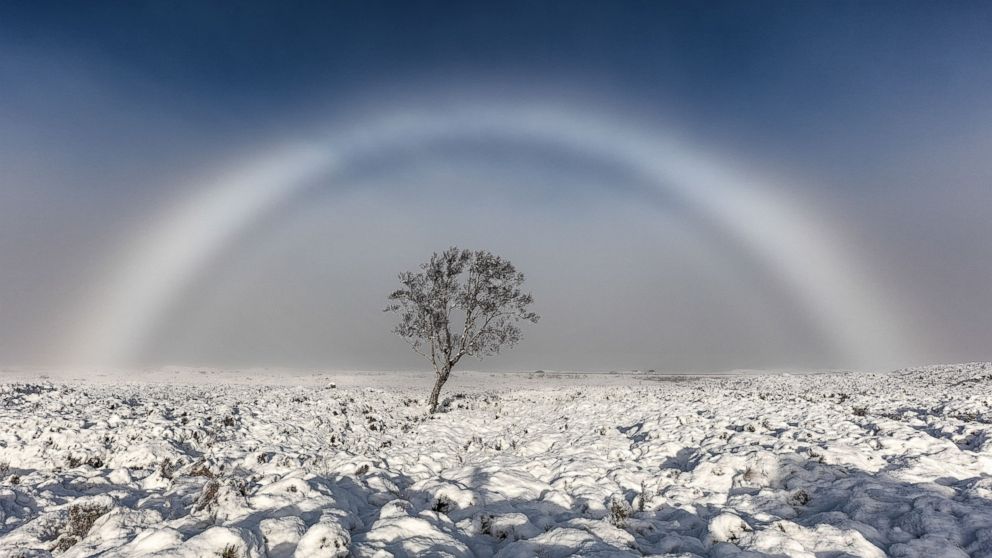The ancient frilled shark once lived alongside the T-Rex and has remained evolutionarily unchanged for 80 million years.



One day we may live in a world without disease.

Watch the worldwide reveal of brand new game footage from Cyberpunk 2077!
This video contains work-in-progress gameplay — everything you see is potentially subject to change.
Cyberpunk 2077, the open-world, action-adventure story from CD PROJEKT RED, is coming to Xbox One, PS4 and PC April 16th, 2020.
Pre-order now: https://www.cyberpunk.net/pre-order
About Cyberpunk 2077:
In the most dangerous megacity of the future, the real you is not enough. Become V, a cyber-enhanced mercenary outlaw going after a one-of-a-kind implant — the key to immortality. Customize your cyberware and skillset, and explore a vast city of the future obsessed with power, glamour and body modification. The choices you make will determine the story and shape the world around you.
These glasses from Bosch use tiny lasers to project an image directly onto your retina.
My priority at CES every year is to find futuristic new technology that I can get excited about. But even at a tech show as large as CES, this can be surprisingly difficult. If I’m very lucky, I’ll find one or two things that really blow my mind. And it almost always takes a lot of digging, because the coolest stuff is rarely mentioned in keynotes or put on display. It’s hidden away in private rooms because it’s still a prototype that likely won’t be for ready the CES spotlight for another year or two.
Deep inside Bosch’s CES booth, I found something to get excited about. After making a minor nuisance of myself, Bosch agreed to give me a private demo of its next-generation Smartglasses, which promise everything that Google Glass didn’t quite manage to deliver.
A few weeks before CES, Bosch teased the new Smartglasses prototype with this concept video:

Its design shines a light on technical skills that researchers didn’t think Neolithic people possessed.
Archaeologists have discovered a 7,000-year-old Neolithic well in eastern Europe, which they believe is the oldest wooden structure in the world.
The square well was built with oak by farmers around 5256 B.C., according to researchers who pinpointed its origin after analyzing the tree rings in the wood, which is the scientific method known as dendrochronology. The well’s age makes it the oldest dendrochronologically dated archaeological wooden construction worldwide, according to the researchers in the Czech Republic.
“The well was only preserved because it had been underwater for centuries. Now we cannot let it dry out, or the well would be destroyed,” Karol Bayer of the University of Pardubice’s Department of Restoration said in a press release.

This mystical colorless rainbow lasted less than five minutes, just long enough to capture proof it existed
A UK-based landscape photographer recently traveled to a moor in Western Scotland to take pictures of a beautiful, solitary tree standing in the middle of the icy wasteland.
Swarms of microrobots will scuttle along beneath our roads and pavements, finding and fixing leaky pipes and faulty cables. Thanks to their efforts, we can avoid costly road work that costs billions of dollars each year—not to mention frustrating traffic delays.
That is, if a new project sponsored by the U.K. government is a success. Recent developments in the space seem to point towards a bright future for microrobots.